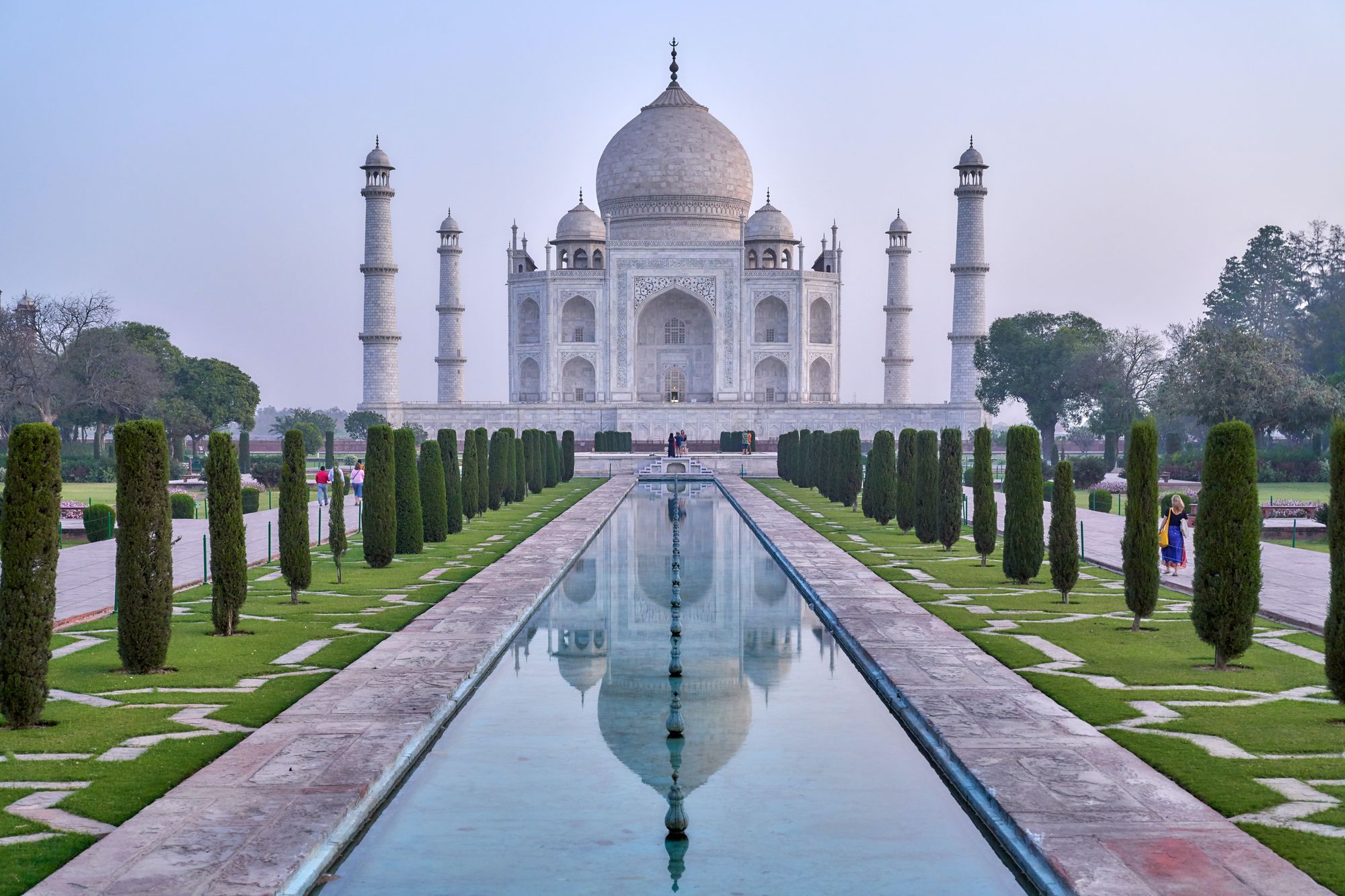After a long gap of six months, the heritage monuments of Taj Mahal and Agra Fort are scheduled to open their gates for tourists from 21st of September.
According to the statements of the former president of Tourism Guild Arun Dang, this is the very first time that the Taj Mahal has remained closed for such a long time and this has resulted in unfathomable damage to the tourism sector of Agra.
The reopening of the Taj Mahal and the Agra Fort has given new hopes to the travel agents and tour operators, whose business had come to a real standstill since this high tourist-earning world heritage sites closed their gates for visitors. The history buffs across the world are also elated with the reopening of the monuments and are waiting eagerly to spend their post-COVID holidays in the city of Agra.
In one of his latest announcements, the superintending archaeologist of Archaeological Survey of India, Agra Circle Vasant Swarnkar revealed that a total of 5,000 and 2,500 visitors will be permitted entry to the Taj Mahal and the Agra Fort respectively per day in order to maintain social distancing and prevent the spread of the virus. The entry of visitors to the monuments is divided into 2 slots, pre-lunch and post-lunch. While the Taj Mahal will be opened for 2500 visitors in each slot, the Agra Fort will allow 1,300 tourists in the first slot and 1,200 visitors in the second slot.
As said by Swarnkar, the tickets of both the Taj Mahal and the Agra Fort will be sold online. First, the tickets for the morning slot will be sold and once they are exhausted, the tickets of the evening slot will be sold. The visitors will also be able to book their tickets for the monuments by scanning the unique QR Code available on the standees positioned at the entry gate.
The Taj Mahal will be closed for public visitors on Friday and Sunday, while the Agra Fort will remain closed only on Sunday.As said by Prabhu N Singh, the district magistrate of Agra, all COVID-19 safety guidelines will be followed strictly while the monuments open their gates to tourists. All the tourists visiting the monuments will undergo thermal screening and sanitise their hands at the entry point. They will also be asked to maintain social distancing while they are inside the premises of the monuments. Moreover, the monuments will also be sanitised thoroughly at regular intervals to prevent any possibility of the transmission of the virus.

